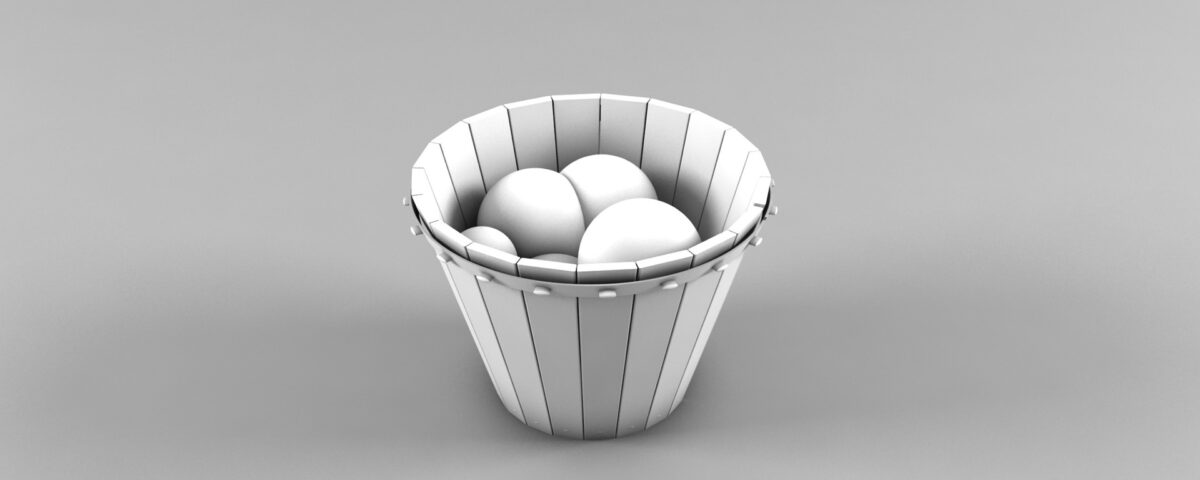Cost-Effective Silicone Rubber Mold Manufacturing Process

Classification of Rapid Prototypes for Molds and Basic Manufacturing Processes
February 17, 2025
Economic Silicone Rubber Mold Manufacturing Process
February 17, 2025Silicone rubber molds are widely used in manufacturing small-batch samples due to their flexibility and durability. However, the high cost of silicone rubber, especially for larger-sized parts, can make it challenging to produce prototypes economically. As a result, there has been ongoing research to develop methods that minimize the use of silicone rubber while still ensuring that the mold meets the required standards for part reproduction. This article introduces a cost-effective silicone rubber mold manufacturing process that uses gypsum as a substitute material to reduce silicone rubber usage.
The Challenge of Silicone Rubber Costs
Silicone rubber is an essential material for mold making, but its cost can be a significant portion of the overall expense, particularly for larger parts or small production runs. This challenge becomes more pronounced when the design of the part requires a substantial amount of silicone rubber to fill large cavities or intricate features. In such cases, the material waste can be considerable, which increases the overall cost of manufacturing.
To address this issue, a cost-effective approach has been developed, where materials like gypsum are used strategically to replace portions of silicone rubber, reducing the overall cost while maintaining the quality and functionality of the mold.
Characteristics of Prototypes Suitable for Cost-Effective Silicone Rubber Molds
Not all parts are suitable for this cost-saving mold-making method. To ensure efficiency and cost-effectiveness, the following types of parts are ideal candidates for this technique:
1. Parts with Large Hollow Cavities
Parts that feature large cavities, especially those with larger interior dimensions, tend to waste silicone rubber when the entire cavity is filled with the material. For such parts, the cost-effective method involves the following steps:
- Step 1: Apply a layer of modeling clay (or a similar material) on the interior surface of the cavity. The clay helps reduce the amount of silicone rubber needed while ensuring that the outer structure of the mold is unaffected.
- Step 2: Fill the remaining cavity with gypsum, which is less expensive than silicone rubber. Once the gypsum sets, remove the modeling clay, leaving behind an empty space where the silicone rubber will be injected.
- Step 3: Inject the silicone rubber into the cavity, ensuring that only the necessary areas are filled, thus significantly reducing material waste.
2. Parts with Large Dimensional Differences Along a Single Direction
Parts that have substantial dimensional differences across different cross-sections, such as those with stepped features or cornered designs, can also benefit from this process. These types of parts can be categorized into two specific groups:
a) Stepped Parts
Parts with step features or similar structures can often lead to wasted material if the entire mold is filled with silicone rubber. For instance, the mold below the step can be unnecessarily filled with silicone, wasting material.
The cost-effective method here involves:
- Using gypsum to replace the silicone rubber in areas that do not require flexibility or detailed molding. This method allows silicone rubber to be used only in the critical areas around the steps, significantly reducing waste.
b) Parts with Corner Features
Parts that feature sharp cornered structures can also benefit from the replacement of excess silicone rubber with gypsum. Studies have shown that the inner corners of molds often contain excess silicone, which is unnecessary for the final part. By substituting this material with gypsum, manufacturers can save on silicone costs without sacrificing the integrity of the mold.
Benefits of the Cost-Effective Silicone Rubber Mold Method
The main advantage of using this method is the reduction in material costs. By substituting silicone rubber with gypsum in non-critical areas of the mold, manufacturers can significantly lower the cost of producing molds for small-batch parts and prototypes.
Other Key Benefits:
- Reduced Material Waste: This technique directly addresses the issue of material wastage, allowing for more efficient use of expensive silicone rubber.
- Faster Manufacturing Time: With less silicone rubber required, the overall production time for molds is reduced, enabling quicker turnaround for prototypes.
- Cost Savings: The savings on silicone rubber material can lower overall mold production costs, making it more feasible for small-scale manufacturers or startups to create high-quality prototypes.
Limitations of the Method
While this cost-effective process offers significant advantages, it is important to note that it may not be suitable for all types of mold designs. For example, parts that require precise molding in all areas may not benefit from this method, as the gypsum substitute may not provide the necessary detail or strength in certain regions.
Additionally, parts with highly complex or intricate features may require full silicone rubber coverage to maintain the desired functionality or performance.
Conclusion
The cost-effective silicone rubber mold manufacturing process using gypsum as a substitute is an excellent solution for reducing material waste and cost in mold production, particularly for parts with large hollow cavities or significant dimensional differences. By strategically replacing silicone rubber in non-critical areas, manufacturers can lower costs while still producing high-quality molds that meet the needs of small-batch production or prototyping.
This approach is especially beneficial for industries that rely on quick-turnaround prototyping and low-volume production, offering a practical alternative to more traditional, costly methods. As silicone rubber remains a critical material in mold making, innovative methods like this help drive more efficient and cost-effective manufacturing solutions for modern industries.


